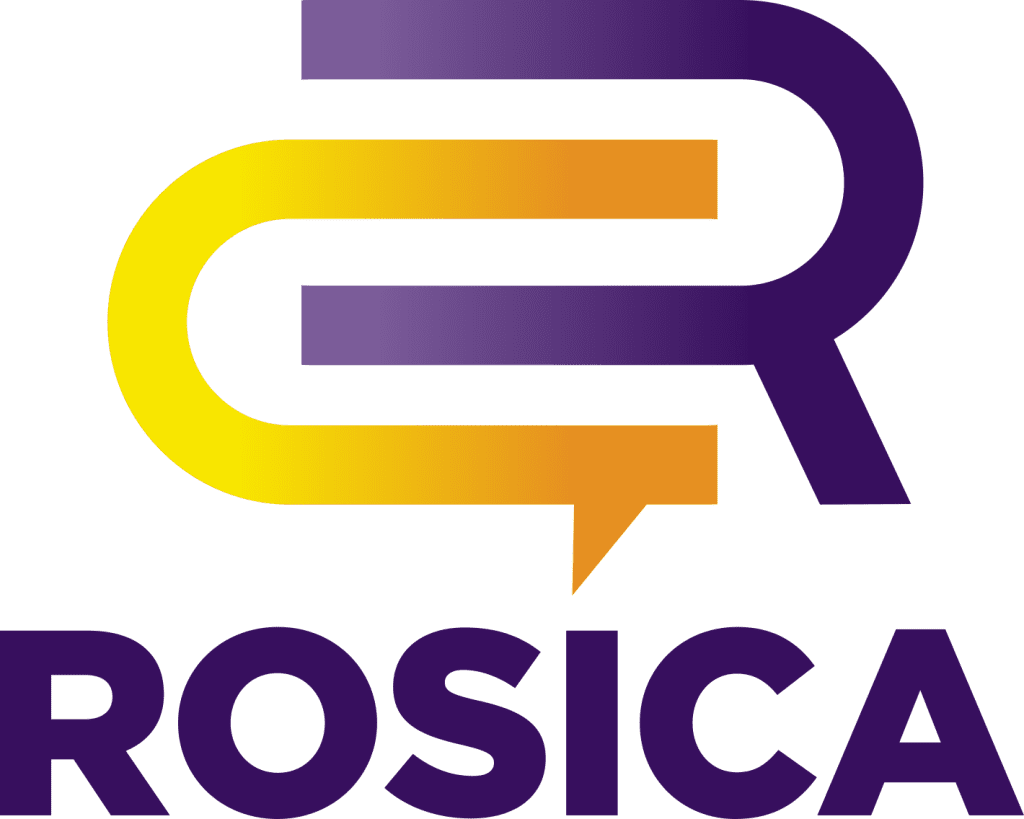BeneCard PBF President Michael Perry shares how pharmacy benefit managers can be a key ally to reduce wasteful and inappropriate prescription utilization.
More than 10 million people in the United States misused a prescription opioid in 2018, and the opioid epidemic cost the country $179 billion including mortality, health care expenses, lost productivity, criminal justice expenses and assistance. The National Safety Council notes that the annual direct health care costs of individuals who misuse opioids are 8.7 times higher than those who do not.
The opioid epidemic offers an example of a preventable, complex public health and safety issue that has arisen due to a perfect storm of causative factors. Consequently, it requires multiple stakeholders to develop and deliver an effective solution to help lower costs and improve patient health outcomes. These stakeholders include health care providers, pharmacies, drug manufacturers and even employers.
However, the pharmacy benefit manager is one player in the opioid crisis that fills a critical role by employing clinical programs to ensure safe and appropriate utilization of medications. The PBM is a third-party administrator of prescription drug programs and primarily responsible for contracting with pharmacies for network services, negotiating discounts and rebates with drug manufacturers, developing and maintaining the plan’s list of covered drugs (a formulary), and processing and paying prescription drug claims.
PBMs have become an increasingly important part of health benefits since they first entered the market in the 1970s. Today, three pharmacy benefit managers control more than 80 percent of the American market. All are part of massive health care conglomerates that have interests in other aspects of the benefits food chain — from retail pharmacies to medical insurance.
This can create conflicts of interest, as these mega-corporations stand to profit from every stop on a patient’s journey. These conflicts of interest can in turn leave employers and patients vulnerable to increasing health care costs and crises such as the opioid epidemic.
The American public, from the employee to the executive suite and human resources professionals, as well as those who make decisions about employee-sponsored health care, seeks change in today’s profit-driven benefits industry. Here are just a few of the reasons why:
Read the rest of the article here.
